Home>Gardening & Outdoor>Plant Care & Gardening Tips>When To Plant Wildflower Seeds In New York
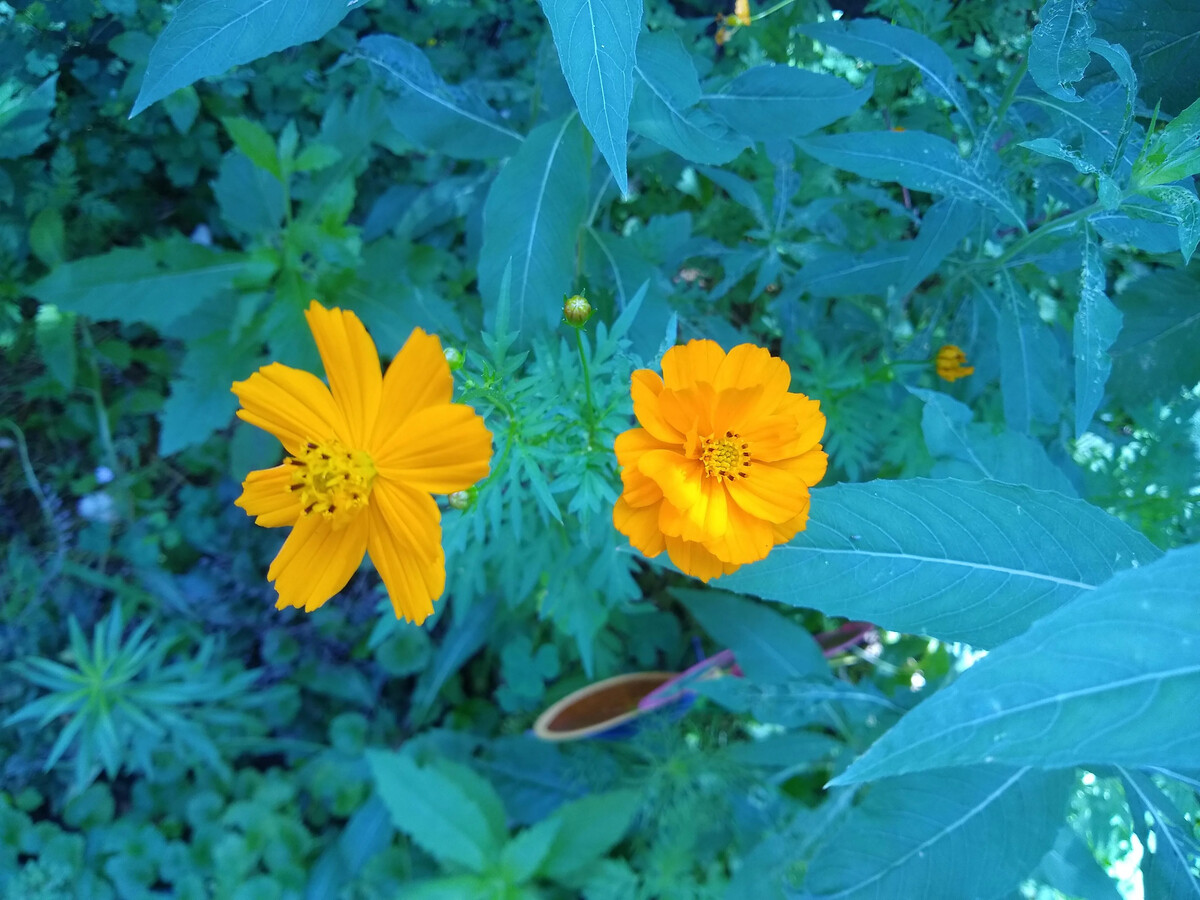

Plant Care & Gardening Tips
When To Plant Wildflower Seeds In New York
Modified: January 5, 2024
Discover the best time to plant wildflower seeds in New York with expert plant care and gardening tips. Maximize your wildflower garden's beauty and success.
(Many of the links in this article redirect to a specific reviewed product. Your purchase of these products through affiliate links helps to generate commission for Storables.com, at no extra cost. Learn more)
**
Introduction
**
Are you looking to add a splash of natural beauty to your New York landscape? Planting wildflowers can bring a burst of color and life to your garden while supporting local ecosystems. Whether you're a seasoned gardener or just starting out, wildflowers are a fantastic option for creating a vibrant and low-maintenance garden space. In this guide, we'll explore the best time to plant wildflower seeds in New York, as well as essential tips for ensuring your wildflowers thrive in the diverse climate of the Empire State. So, put on your gardening gloves and get ready to sow the seeds of a stunning wildflower garden!
Key Takeaways:
- Planting wildflowers in New York supports local ecosystems and adds vibrant, low-maintenance beauty to your garden, harmonizing with the diverse climate and landscapes of the Empire State.
- By nurturing native wildflowers, you can connect with the biodiversity of New York, cultivating a resilient and beautiful garden that enriches your connection to the natural world.
Read more: When To Plant Grass Seed In New York
Understanding the Climate in New York
Before diving into the specifics of planting wildflowers, it’s crucial to understand the diverse climate of New York. The state experiences a range of climates, from the hot and humid summers of the New York City area to the cooler temperatures of the Adirondacks and the Catskills. These regional variations can significantly impact the success of your wildflower garden.
New York’s climate is generally classified as humid continental, with cold winters and warm summers. The state also experiences a variety of microclimates, influenced by factors such as elevation, proximity to bodies of water, and urban heat islands. These microclimates can create unique growing conditions for wildflowers, making it essential to consider your specific location when planning your garden.
Additionally, New York’s weather patterns can vary widely from year to year, with factors such as precipitation, temperature, and frost dates playing a significant role in the success of wildflower plantings. By familiarizing yourself with the climate and microclimates of your specific area, you can make informed decisions about the best times and methods for planting wildflowers.
Understanding the climate in New York is crucial for selecting the right wildflower species, timing your plantings, and providing the necessary care for your garden. With this knowledge in hand, you’ll be well-equipped to create a thriving wildflower oasis in your own backyard.
Best Time to Plant Wildflower Seeds
Timing is everything when it comes to planting wildflower seeds in New York. The ideal time for sowing wildflower seeds depends on the specific species you plan to grow and the region of the state where you reside. Generally, the best time to plant wildflower seeds in New York is in the late fall or early spring.
Late Fall Planting:
Planting wildflower seeds in late fall, typically from October to November, allows the seeds to undergo a process called cold stratification. This natural chilling period helps break seed dormancy and encourages germination in the spring. Late fall planting also takes advantage of the moist, cool conditions that promote seed establishment before winter sets in.
Early Spring Planting:
If you miss the window for fall planting, early spring, from March to April, provides another excellent opportunity to sow wildflower seeds. As the soil begins to warm and the risk of frost diminishes, seeds planted in early spring can germinate and establish themselves before the heat of summer arrives. Keep in mind that some wildflower species may benefit from a period of cold stratification, so it’s essential to research the specific requirements of the seeds you plan to plant.
When selecting the best time for planting wildflower seeds, consider the natural cycles of New York’s climate, including frost dates, temperature fluctuations, and precipitation patterns. By aligning your planting schedule with these natural rhythms, you can give your wildflowers the best chance of thriving in the diverse conditions of the Empire State.
As you plan your wildflower garden, be sure to research the specific requirements of the wildflower species you wish to grow. Some species may have unique germination needs, while others may thrive in different microclimates or soil types. Understanding the best time to plant wildflower seeds will set the stage for a successful and vibrant garden that celebrates the natural beauty of New York.
Choosing the Right Location
When it comes to planting wildflowers in New York, selecting the right location is essential for the success of your garden. The diverse landscapes and microclimates across the state offer a range of opportunities for creating thriving wildflower habitats. Here are key considerations for choosing the perfect location for your wildflower garden:
Sunlight Exposure:
Most wildflowers thrive in areas that receive ample sunlight, typically six to eight hours per day. When scouting for a location, observe the sunlight patterns in your yard or garden space. Look for areas with direct sunlight where wildflowers can bask and flourish. Keep in mind that some wildflower species, such as woodland varieties, may prefer partial shade, so it’s essential to match the sunlight requirements with the specific species you plan to grow.
Soil Quality:
Assessing the soil quality is crucial for successful wildflower cultivation. New York’s soil types vary across the state, from rich loamy soils to rocky, well-drained soils in upland areas. Conduct a soil test to determine the pH, nutrient levels, and drainage characteristics of your chosen location. Many wildflowers prefer well-drained, slightly acidic soils, so amending the soil with organic matter or adjusting the pH as needed can create an ideal growing environment for your wildflowers.
Microclimates:
Consider the microclimates present in your landscape, as they can influence the growing conditions for wildflowers. Urban areas, coastal regions, and elevated terrains may create microclimates with unique temperature and moisture patterns. By understanding these microclimates, you can select wildflower species that are well-suited to the specific conditions of your chosen location.
Local Ecosystems:
Take into account the existing ecosystems and wildlife in your area when choosing a location for your wildflower garden. By planting native wildflowers, you can support local pollinators, birds, and beneficial insects while contributing to the biodiversity of the region. Observing the natural flora and fauna in your area can guide your selection of wildflower species and help create a harmonious and ecologically beneficial garden space.
By carefully considering these factors, you can choose a location that provides the optimal growing conditions for your wildflowers. Whether you’re transforming a sunny meadow, creating a pollinator-friendly garden, or adding a pop of color to a rocky slope, selecting the right location sets the stage for a flourishing and vibrant wildflower garden in the diverse landscapes of New York.
You can plant wildflower seeds in New York in the early spring or late fall for best results. This will give the seeds time to establish before the heat of summer or the cold of winter.
Preparing the Soil
Creating a nurturing environment for wildflowers begins with preparing the soil. In New York, the diverse soil types and conditions across the state require careful attention to ensure that your wildflowers have the best possible growing medium. Here are essential steps for preparing the soil for a successful wildflower garden:
Soil Testing:
Before planting wildflowers, conduct a soil test to assess the pH, nutrient levels, and texture of your soil. Soil testing kits are widely available and can provide valuable insights into the specific needs of your garden space. Many wildflowers thrive in slightly acidic soils with good drainage, so adjusting the pH or adding organic matter based on the soil test results can create an ideal foundation for your wildflower garden.
Soil Amendment:
Based on the results of your soil test, amend the soil as needed to improve its structure and fertility. Adding organic matter such as compost, well-rotted manure, or peat moss can enhance the soil’s ability to retain moisture and nutrients while promoting beneficial microbial activity. Incorporating organic amendments into the soil creates a welcoming environment for wildflower roots to establish and thrive.
Soil Preparation:
Prepare the planting area by clearing away any debris, weeds, or rocks that may impede the growth of wildflowers. Loosen the soil to a depth of several inches to improve aeration and root penetration. Raking the soil smooth creates a level surface for sowing wildflower seeds and ensures good seed-to-soil contact, which is essential for successful germination and establishment.
Managing Competition:
Wildflowers benefit from minimal competition from grasses and aggressive weeds. If your chosen planting area is prone to weed growth, consider using a natural weed suppression method such as smothering the area with a layer of cardboard or mulch before planting. This can help create a weed-free zone for your wildflowers to take root and thrive.
By taking the time to prepare the soil thoughtfully, you can lay the groundwork for a flourishing wildflower garden in New York. The careful attention to soil testing, amendment, and preparation sets the stage for healthy and resilient wildflowers that will bring beauty and biodiversity to your landscape.
Read more: When Should I Plant Wildflower Seeds
Planting Wildflower Seeds
Planting wildflower seeds is an exciting and rewarding process that allows you to bring the beauty of native flora to your New York landscape. Whether you’re sowing seeds in a garden bed, meadow, or container, following best practices for planting wildflowers can help ensure successful germination and robust growth. Here’s a step-by-step guide to planting wildflower seeds in New York:
Seed Selection:
Choose wildflower seeds that are well-suited to the growing conditions and climate of your specific region in New York. Native wildflower species are often the best choice, as they have adapted to the local environment and provide essential support for native pollinators and wildlife. Consider factors such as sunlight exposure, soil type, and moisture levels when selecting wildflower seeds for your garden.
Seed Sowing:
Prepare the planting area by raking the soil to create a smooth and level surface. Broadcast the wildflower seeds evenly over the prepared soil, aiming for a naturalistic distribution that mimics the way wildflowers scatter their seeds in the wild. Lightly press the seeds into the soil to ensure good seed-to-soil contact, which is essential for germination. Avoid burying the seeds too deeply, as many wildflower species require exposure to light for successful germination.
Watering and Mulching:
After sowing the seeds, gently water the planting area to settle the seeds into the soil. Use a fine mist setting or a gentle watering can to avoid disturbing the seeds. Applying a thin layer of mulch, such as straw or seed-free compost, can help retain soil moisture and protect the seeds from drying out or being displaced by wind or rain. Keep the soil consistently moist but not waterlogged during the germination period, which can vary depending on the species of wildflowers you’ve planted.
Germination and Establishment:
Monitor the planting area regularly for signs of germination, which may occur over several weeks to months, depending on the species. As the seedlings emerge, continue to provide consistent moisture and ensure they have access to adequate sunlight for healthy growth. Once the wildflower seedlings have established themselves, they will require less frequent watering, but it’s essential to support their growth with appropriate care and maintenance.
By following these steps, you can sow the seeds of a vibrant and diverse wildflower garden in New York. Whether you’re creating a pollinator-friendly habitat, restoring a natural meadow, or adding a touch of native beauty to your landscape, planting wildflower seeds is a wonderful way to connect with the rich biodiversity of the Empire State.
Caring for Wildflowers
Once your wildflower seeds have sprouted and begun to grow, providing proper care is essential for nurturing healthy and vibrant plants. Caring for wildflowers in New York involves a combination of thoughtful maintenance, monitoring, and support to ensure their long-term success. Here are key practices for caring for wildflowers in the diverse climate of the Empire State:
Watering:
While many wildflowers are drought-tolerant once established, consistent moisture is crucial during the early stages of growth. Water newly planted wildflowers as needed to keep the soil evenly moist but not waterlogged. During dry periods, provide supplemental watering to support their establishment. Once established, native wildflowers often require minimal additional watering, relying on natural rainfall to sustain them.
Weed Management:
Regularly monitor the wildflower garden for weeds that may compete with the native plants for resources. Hand-pulling weeds or using natural mulches can help suppress weed growth without harming the wildflowers. Avoid using chemical herbicides, as they can negatively impact the biodiversity and ecological balance of the garden.
Supporting Pollinators:
Wildflowers play a vital role in supporting pollinators such as bees, butterflies, and hummingbirds. By providing a diverse array of native wildflowers with varying bloom times, you can create a pollinator-friendly habitat that supports the health and diversity of local pollinator populations. Observing and enjoying the pollinators that visit your wildflowers is a rewarding aspect of caring for these plants.
Monitoring and Maintenance:
Regularly inspect the wildflower garden for signs of pests, diseases, or nutrient deficiencies. Address any issues promptly to prevent them from impacting the overall health of the plants. Deadheading spent blooms can encourage prolonged flowering and prevent self-seeding in areas where you prefer to limit naturalization.
Seasonal Considerations:
Be mindful of seasonal changes and their impact on wildflowers. In New York, hot summers, cold winters, and fluctuating weather patterns can influence the growth and resilience of wildflowers. Consider providing additional protection for tender perennial wildflowers during harsh winter conditions, and be prepared to support the garden through seasonal transitions.
By caring for wildflowers with attention to their specific needs and the natural rhythms of the New York climate, you can create a thriving and sustainable wildflower garden. Embracing the beauty and biodiversity of native plants while supporting local ecosystems is a rewarding journey that can enrich your connection to the natural world.
Conclusion
Embarking on the journey of planting and caring for wildflowers in New York opens a world of natural beauty, biodiversity, and ecological significance. By understanding the unique climate of the Empire State and embracing the diversity of its landscapes, you can create a vibrant and sustainable wildflower garden that celebrates the rich flora of the region. As you venture into the realm of wildflowers, consider the following key takeaways:
Harmonizing with Nature:
Planting native wildflowers in New York allows you to harmonize with the natural environment, supporting local ecosystems and contributing to the preservation of native plant species. By selecting wildflowers that are well-suited to the climate and microclimates of your specific region, you can create a garden that thrives in harmony with the local landscape.
Connecting with Biodiversity:
Wildflowers are essential contributors to the biodiversity of New York, providing food and habitat for pollinators, birds, and other wildlife. By nurturing a diverse array of native wildflowers, you can play a vital role in supporting the health and resilience of local ecosystems while enjoying the beauty of these natural treasures.
Cultivating Beauty and Resilience:
Through thoughtful preparation, planting, and ongoing care, you can cultivate a garden that embodies both beauty and resilience. Wildflowers have the remarkable ability to thrive in diverse conditions, adding splashes of color and life to your landscape while requiring minimal maintenance once established.
Embracing the Journey:
As you tend to your wildflower garden, embrace the journey of observing the ever-changing tapestry of blooms, the dance of pollinators, and the seasonal rhythms of nature. Caring for wildflowers offers a deeply enriching experience that fosters a deeper connection to the natural world and the cycles of growth and renewal.
Whether you’re sowing seeds in the fertile soils of the Hudson Valley, creating a pollinator-friendly oasis in the Finger Lakes, or adding a touch of native beauty to the urban landscapes of New York City, the journey of wildflower gardening is a rewarding and transformative endeavor. By honoring the unique climate, landscapes, and biodiversity of New York, you can cultivate a wildflower garden that embodies the spirit and natural splendor of the Empire State.
Frequently Asked Questions about When To Plant Wildflower Seeds In New York
Was this page helpful?
At Storables.com, we guarantee accurate and reliable information. Our content, validated by Expert Board Contributors, is crafted following stringent Editorial Policies. We're committed to providing you with well-researched, expert-backed insights for all your informational needs.
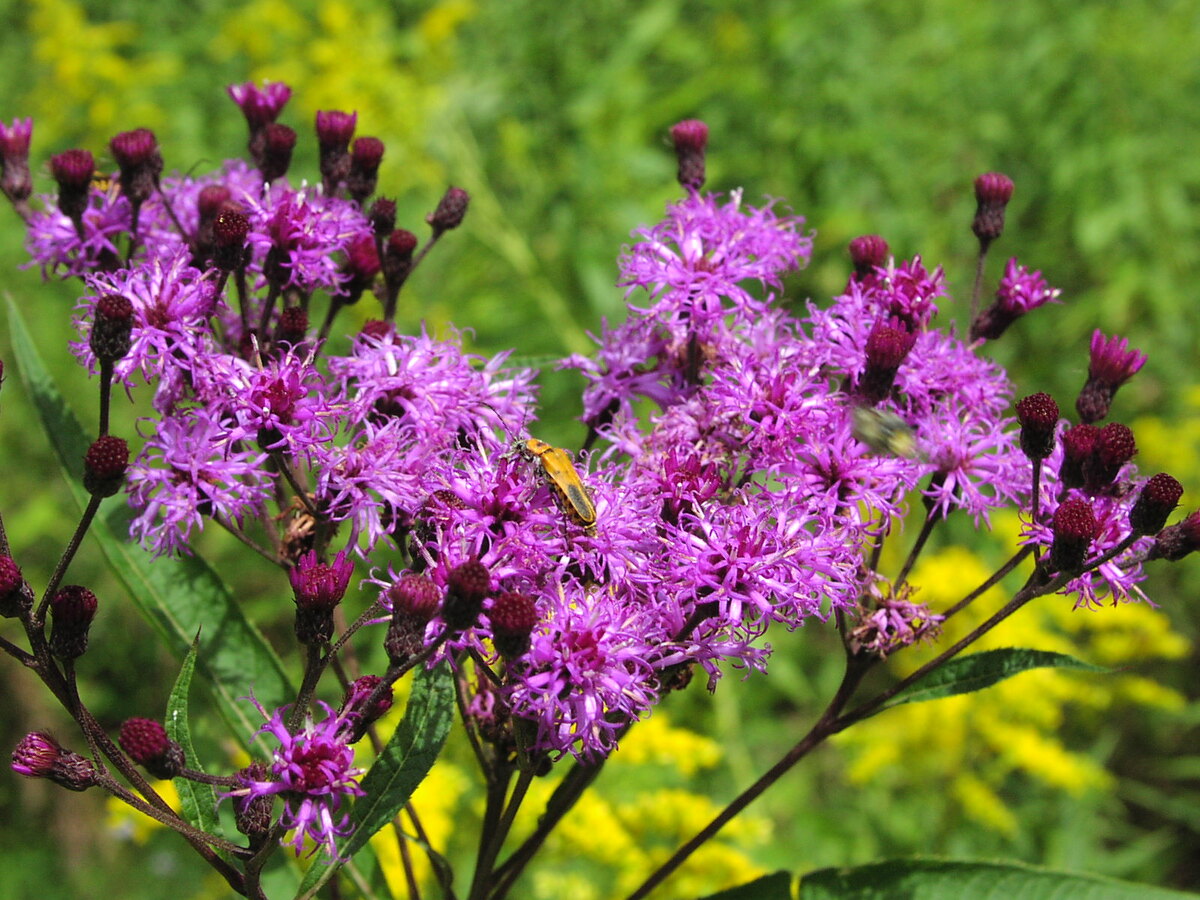
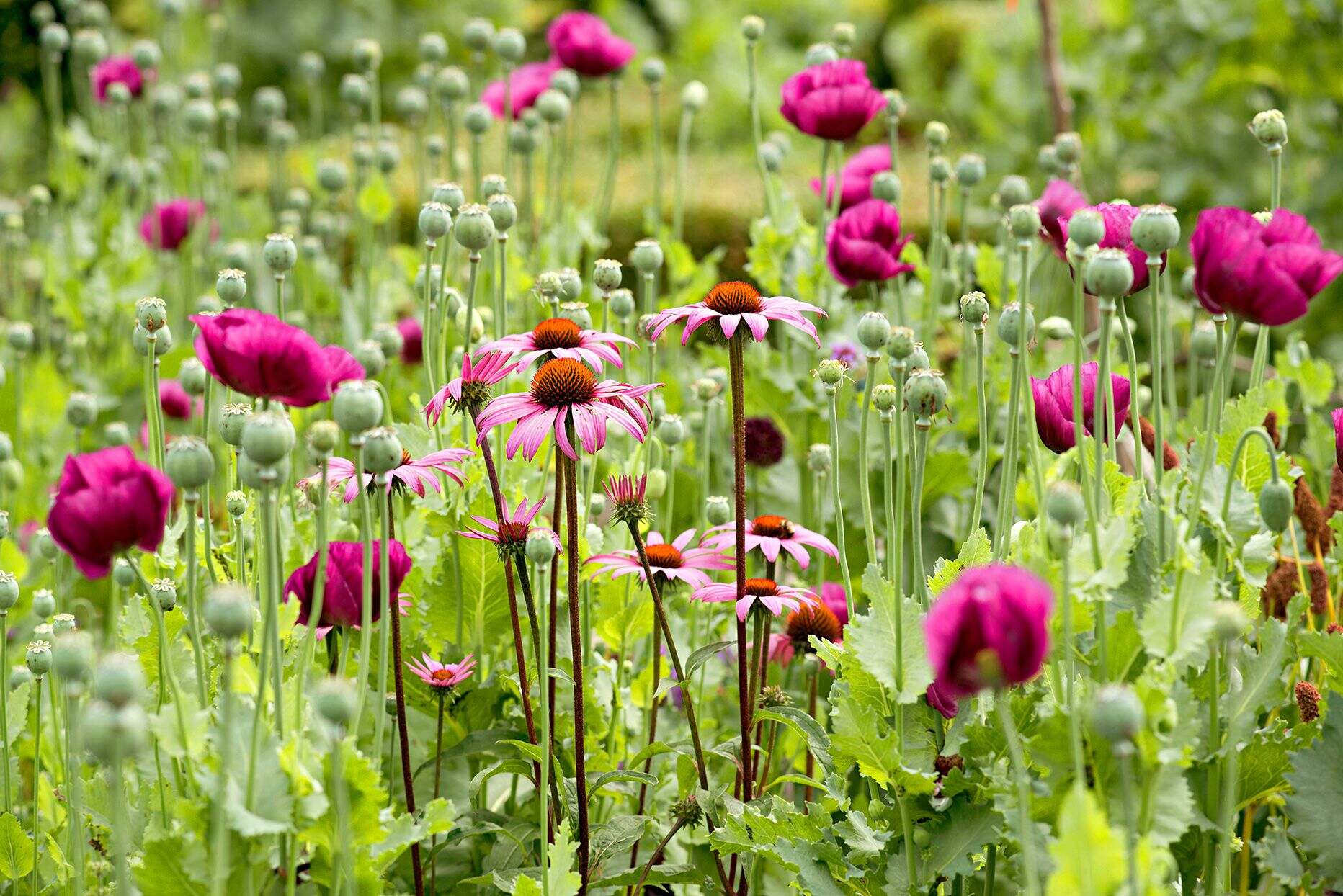
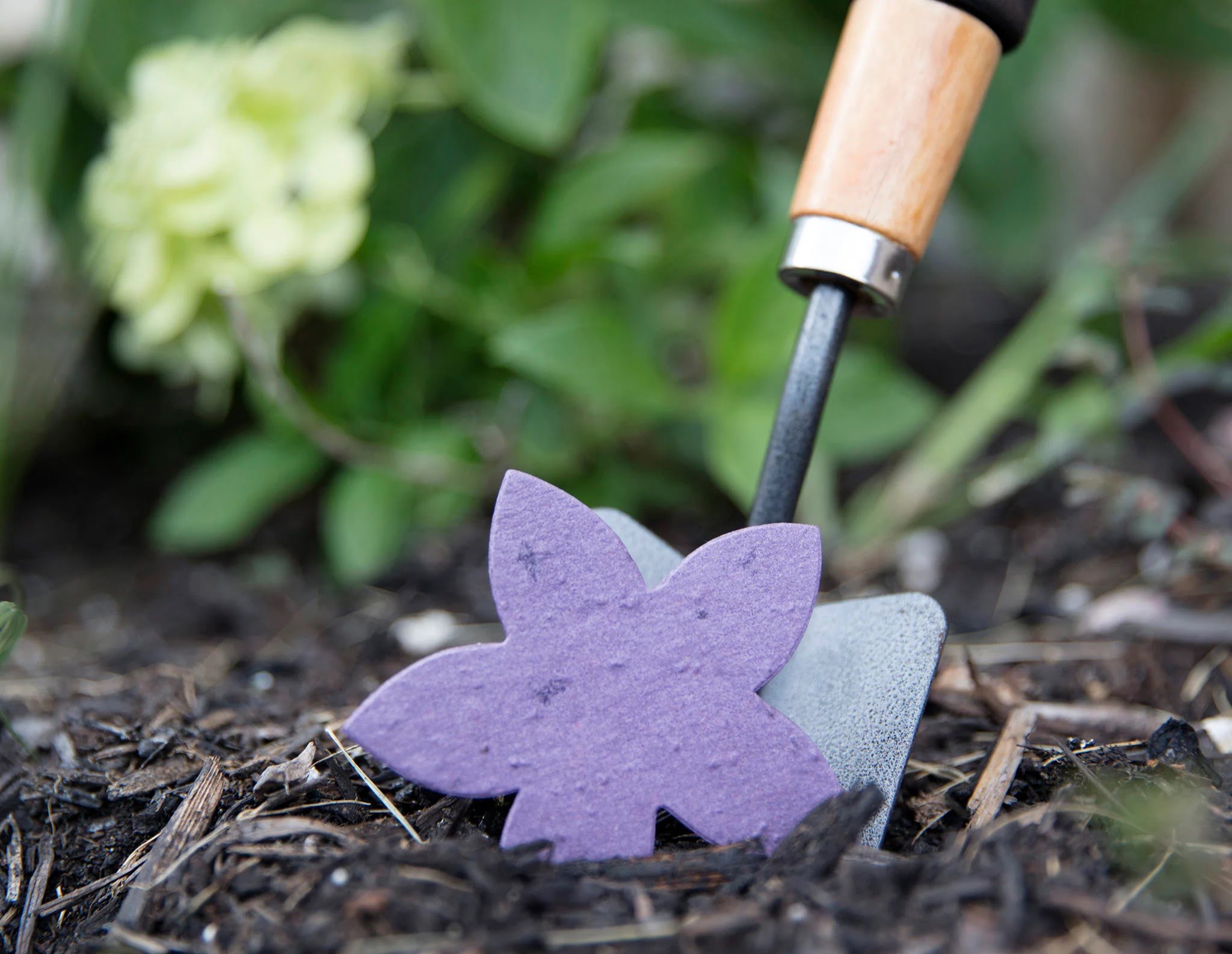
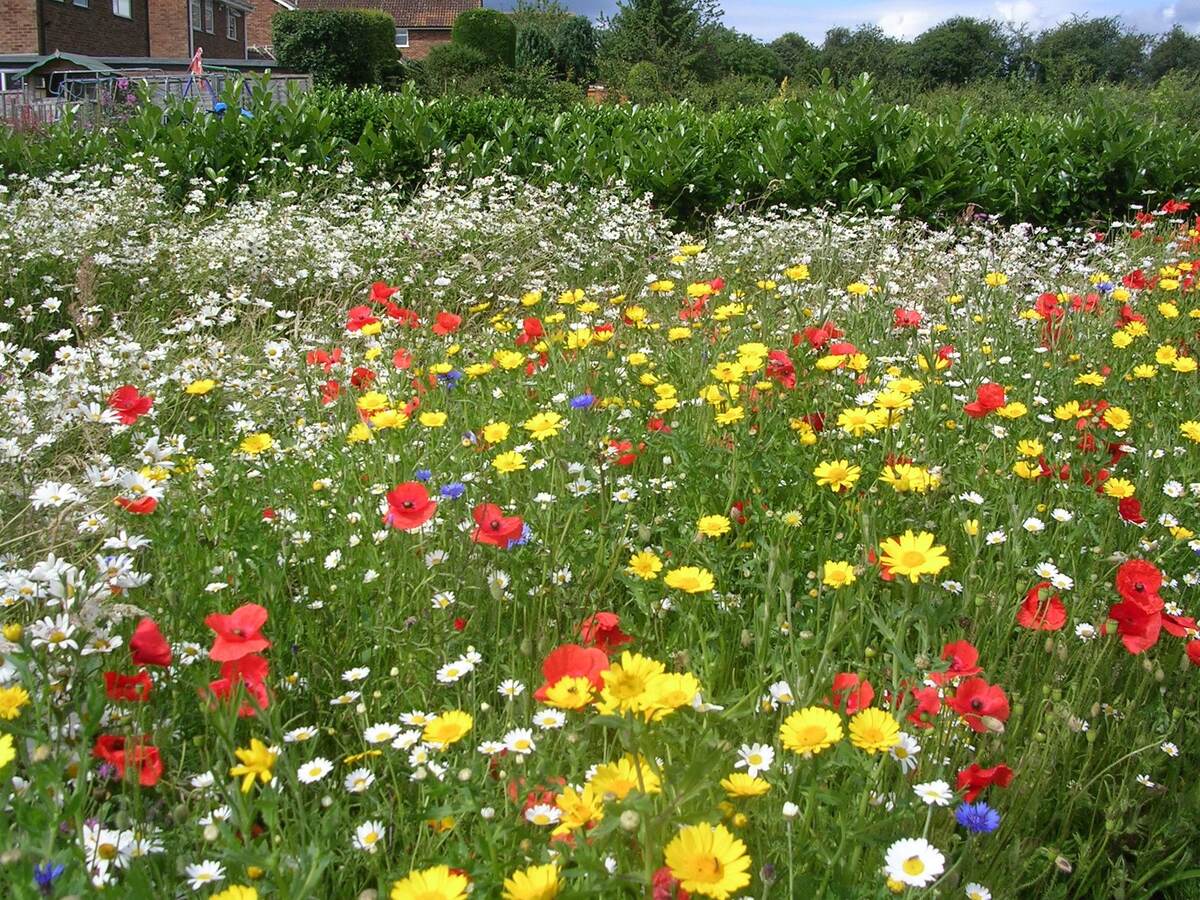
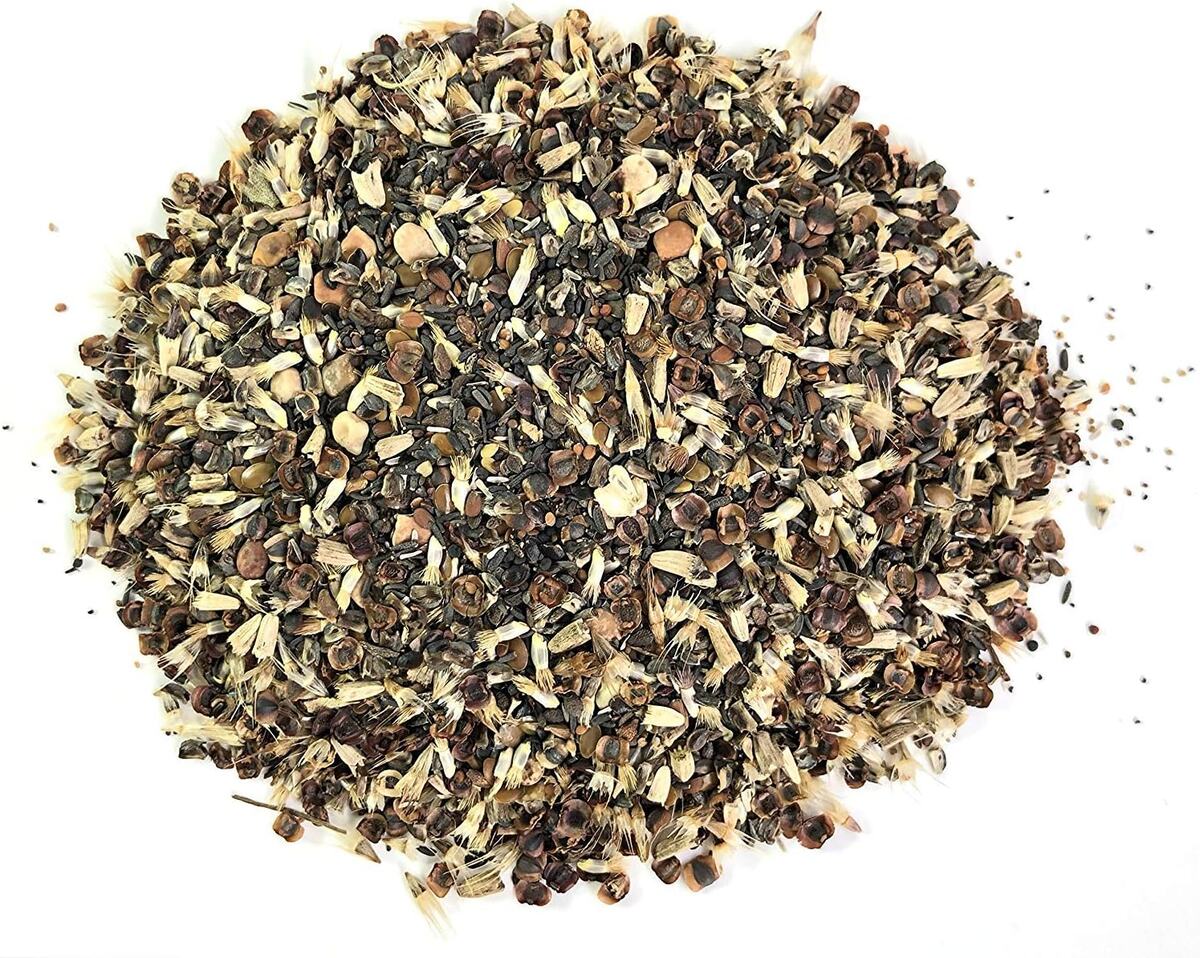
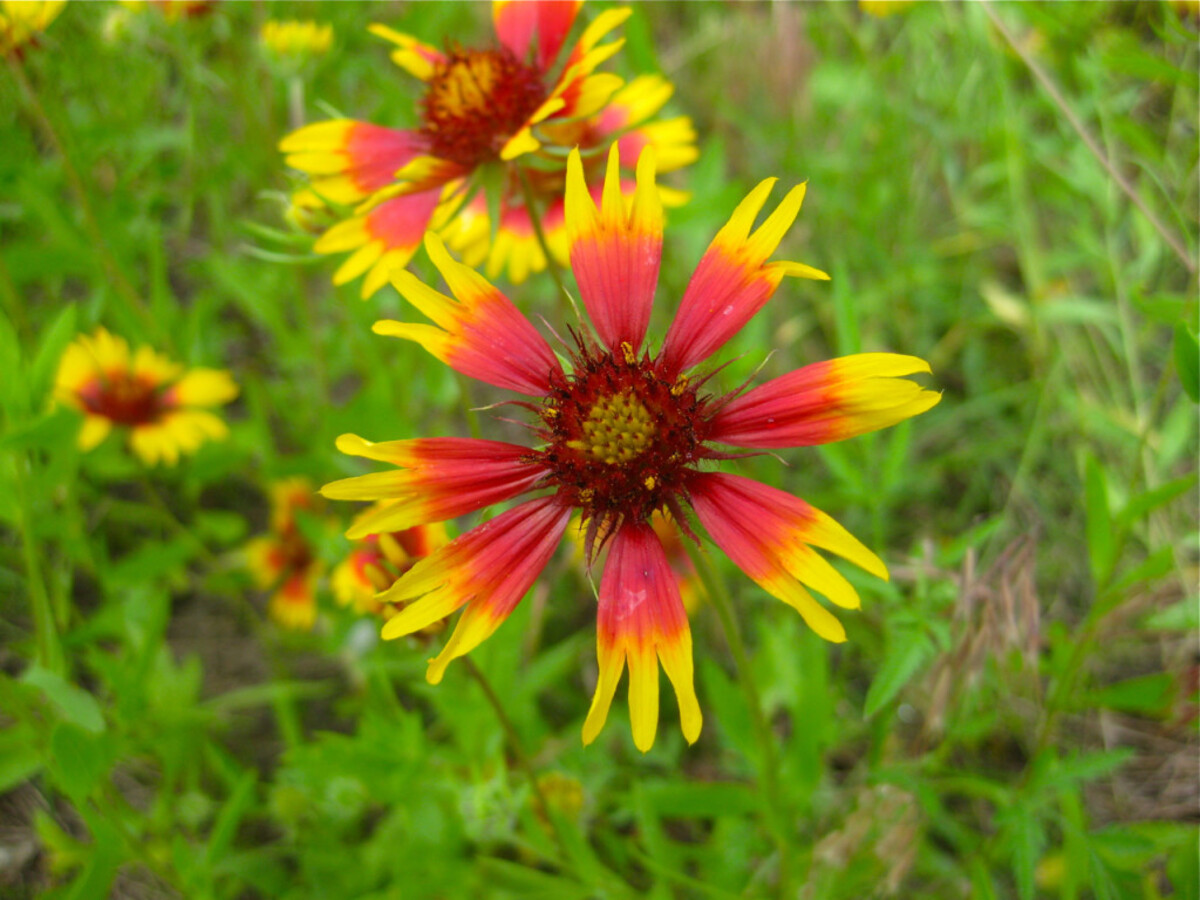
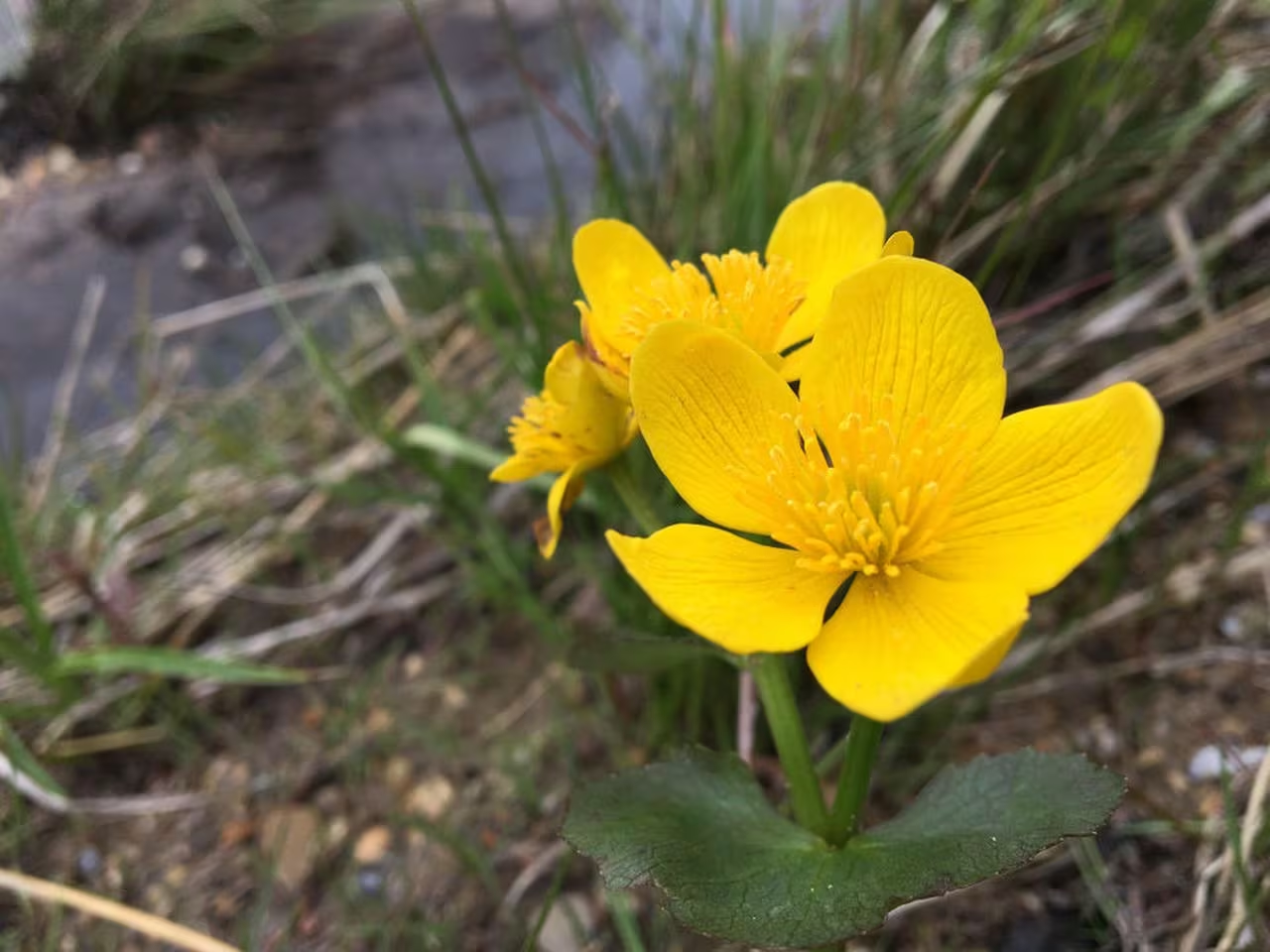
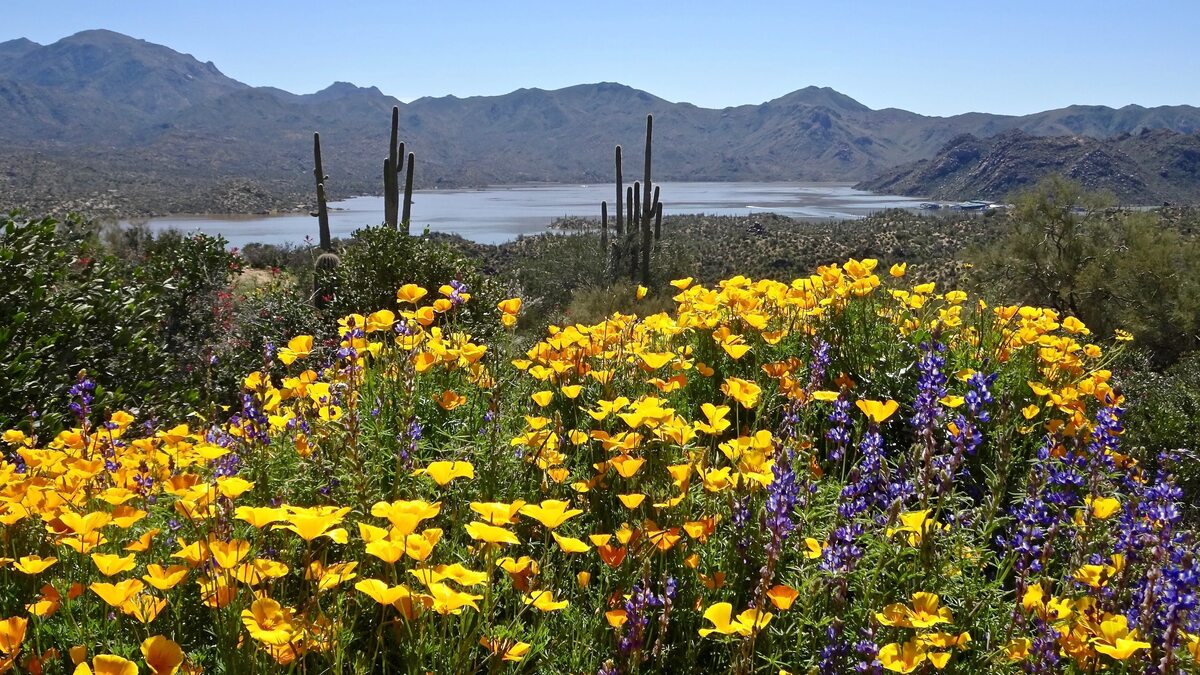
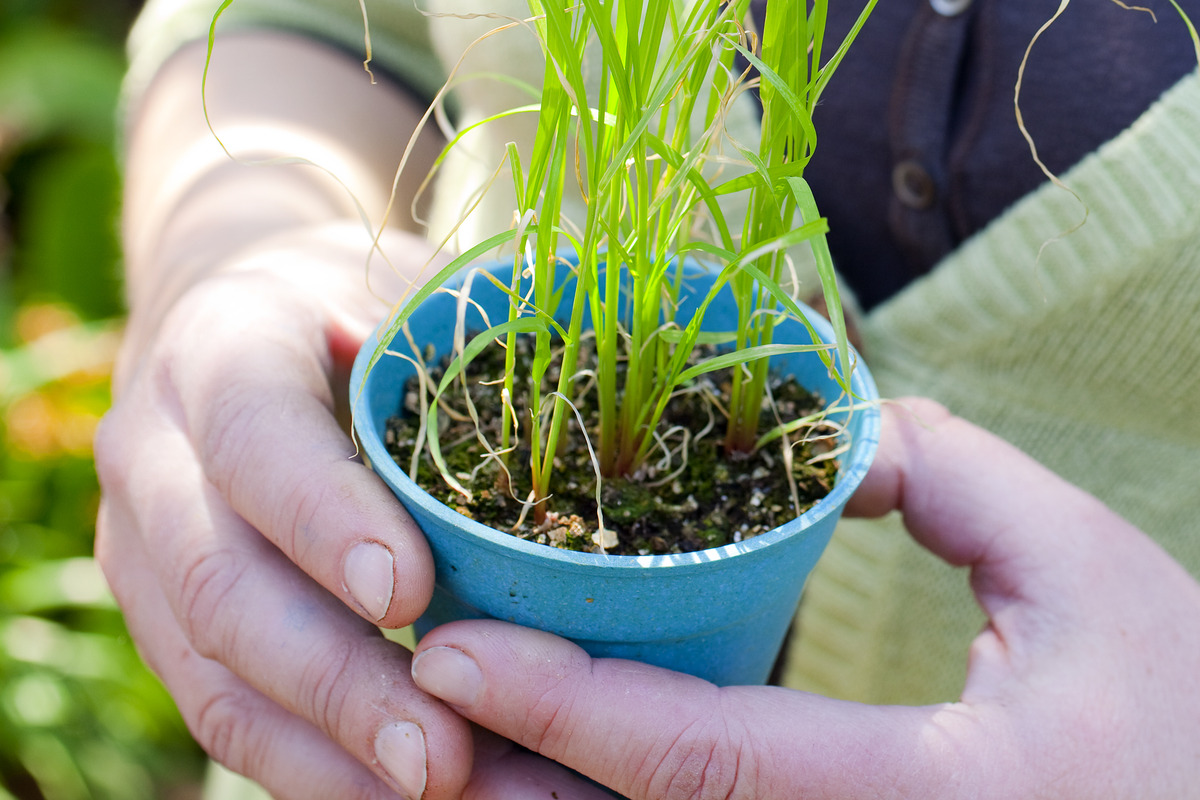
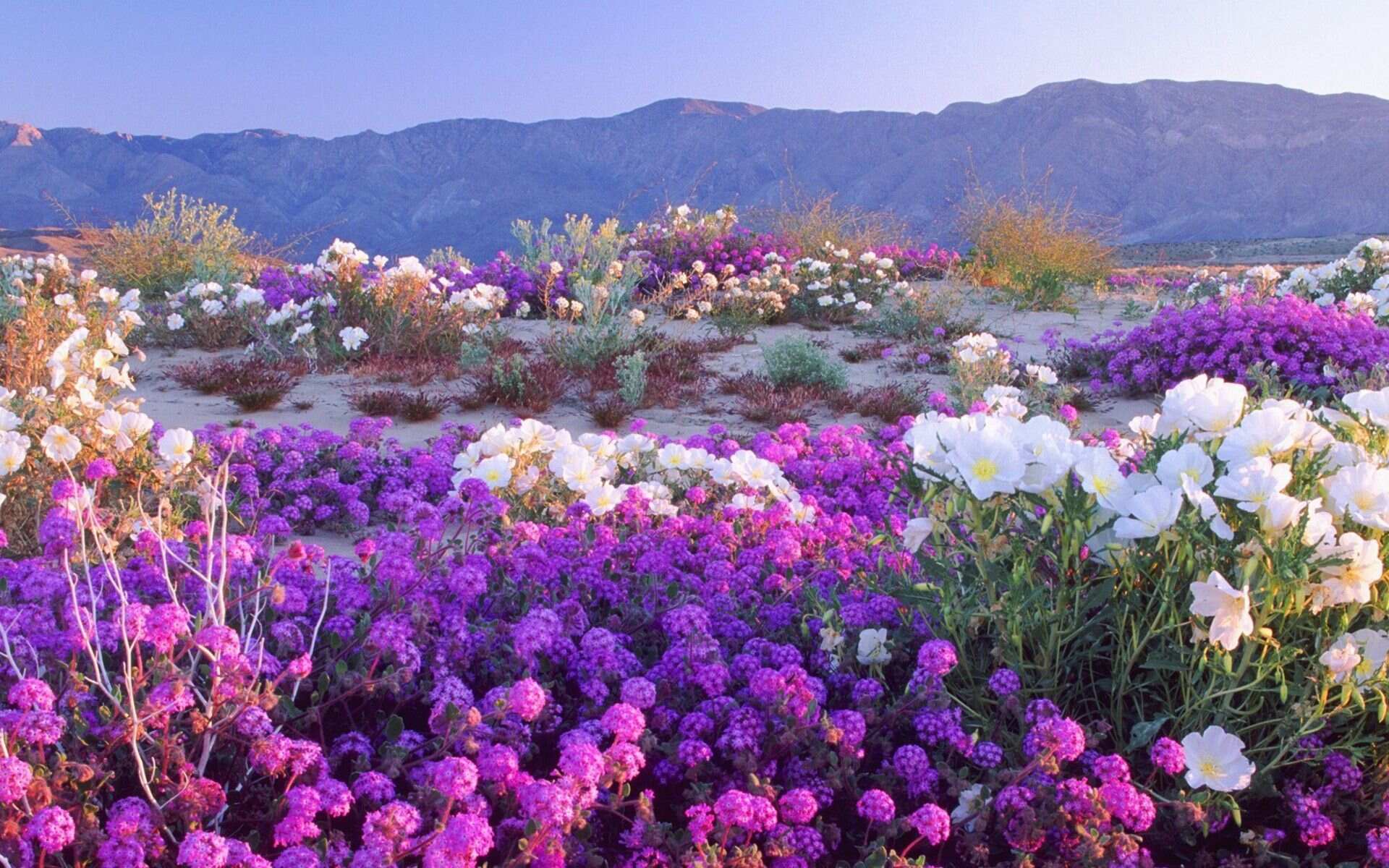
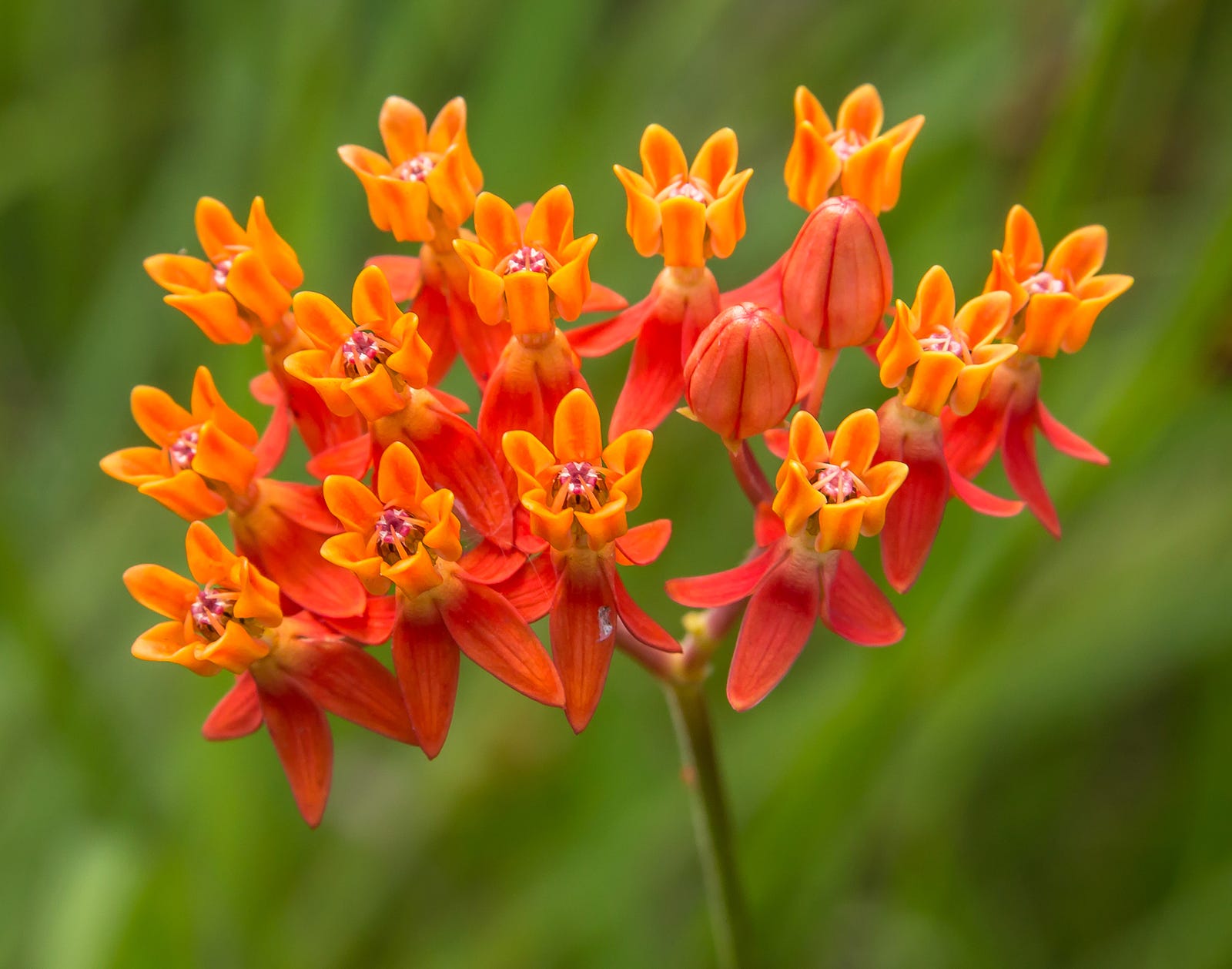
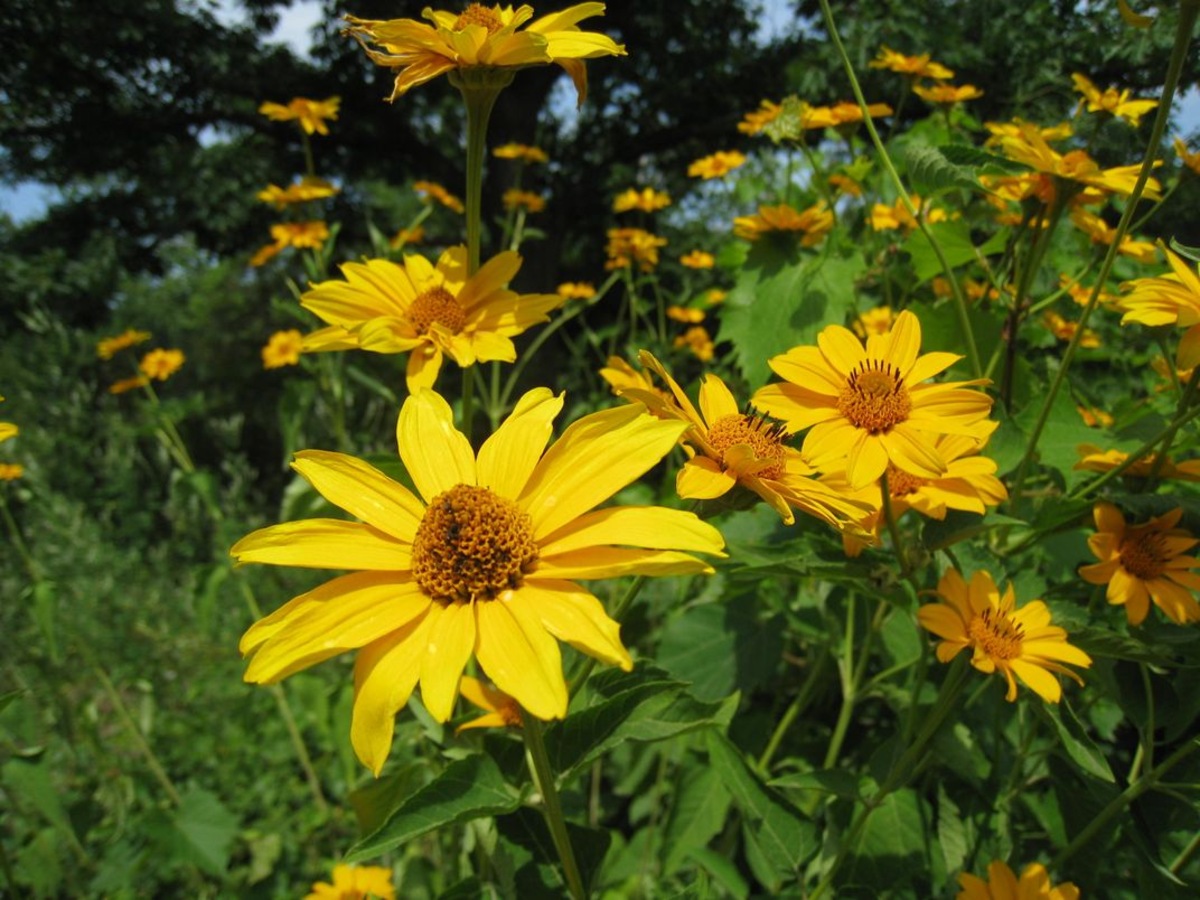
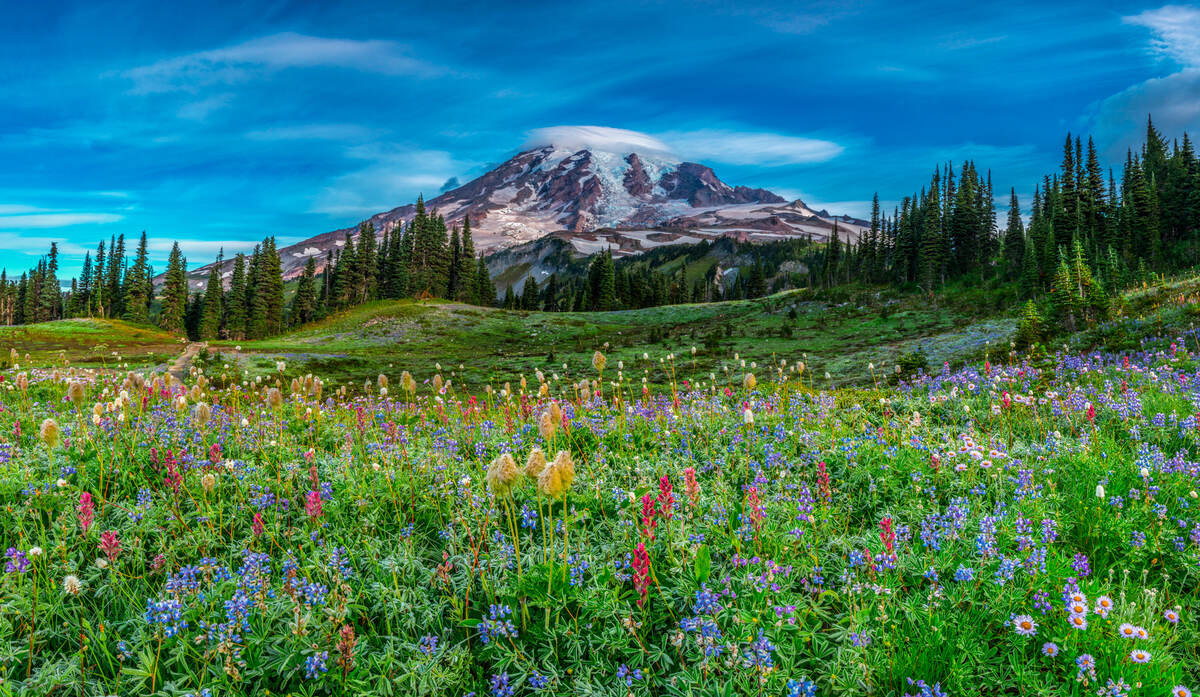
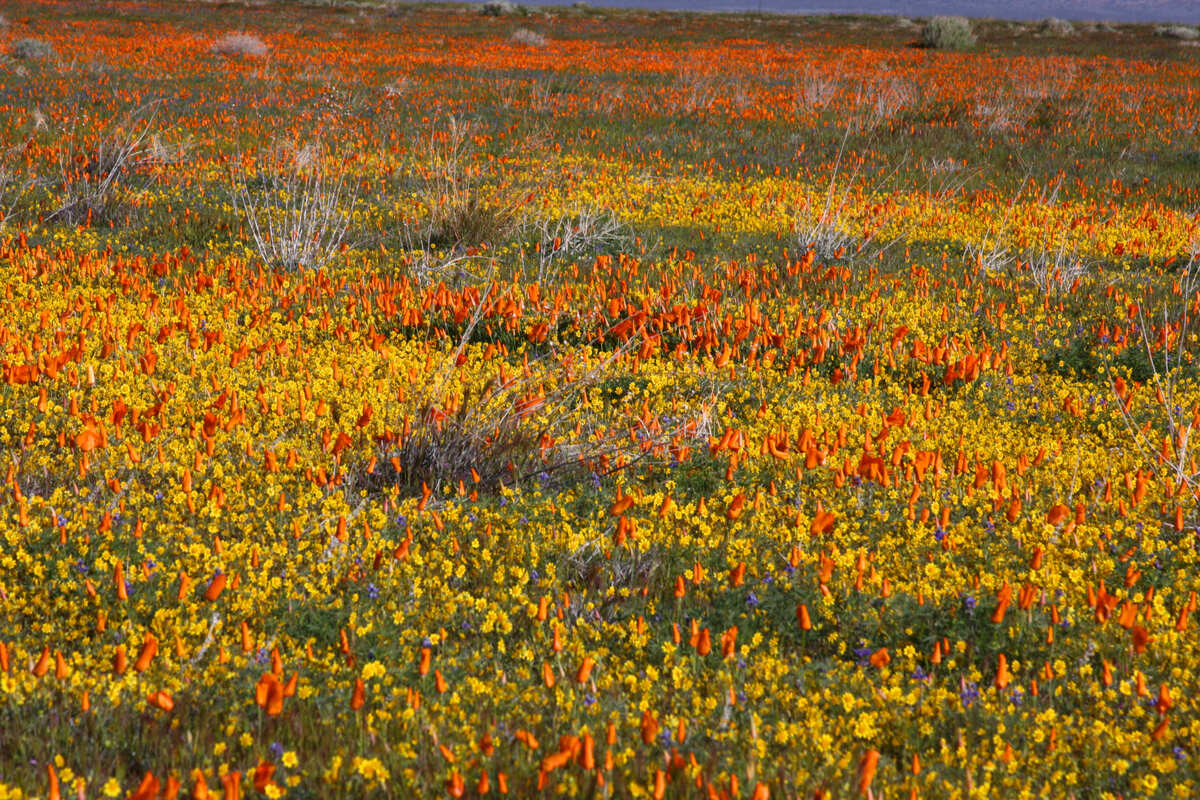

0 thoughts on “When To Plant Wildflower Seeds In New York”